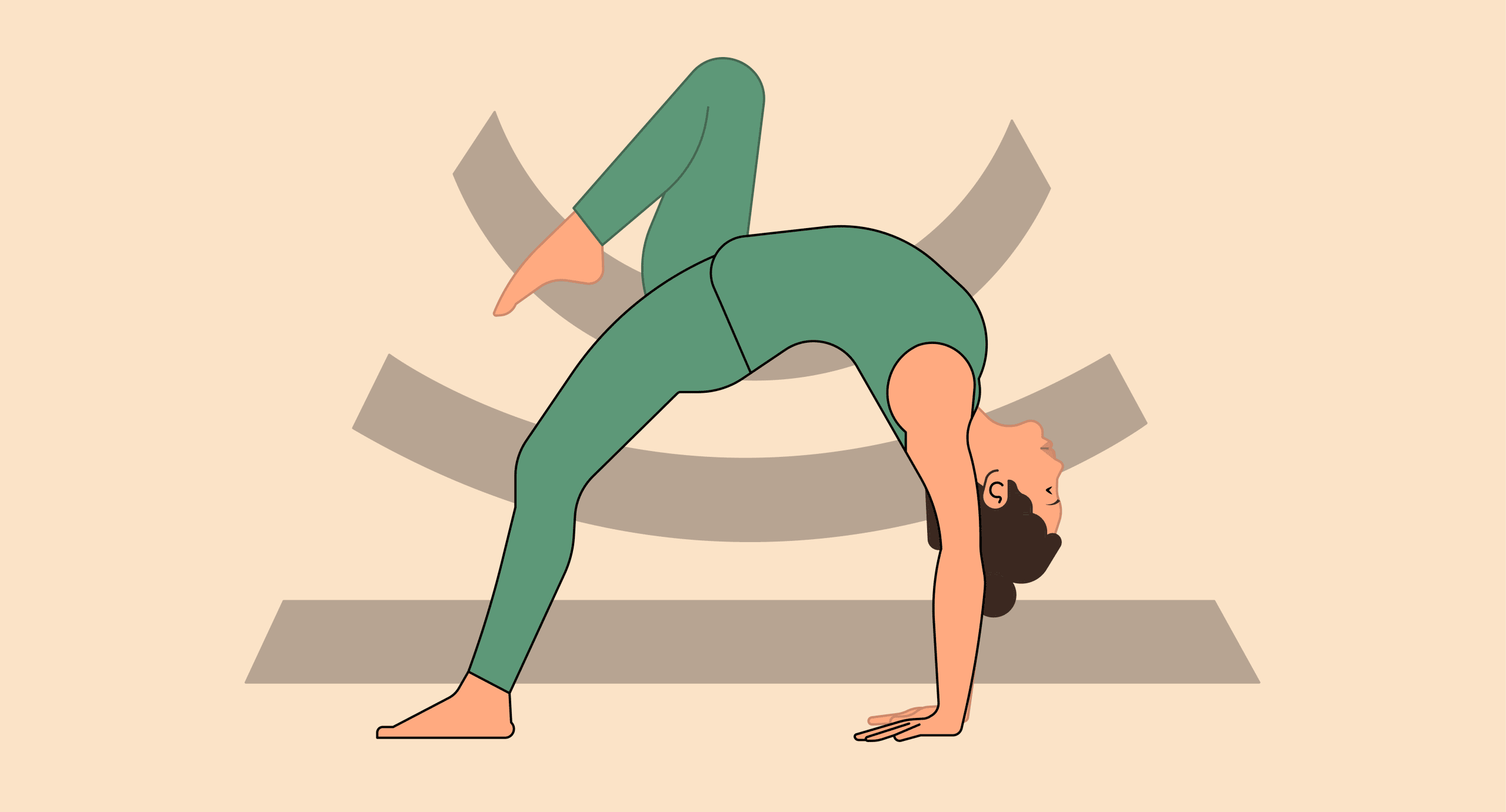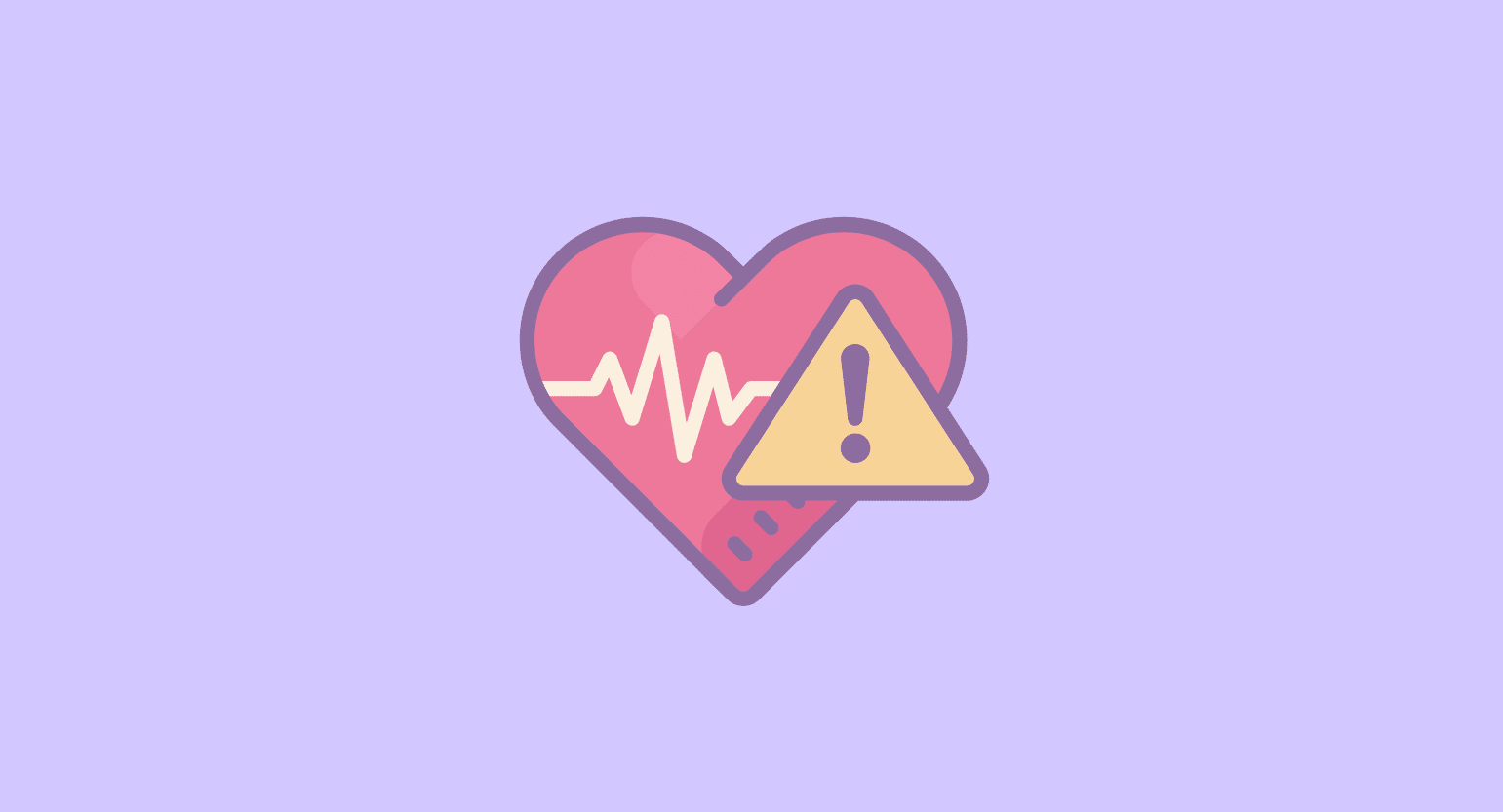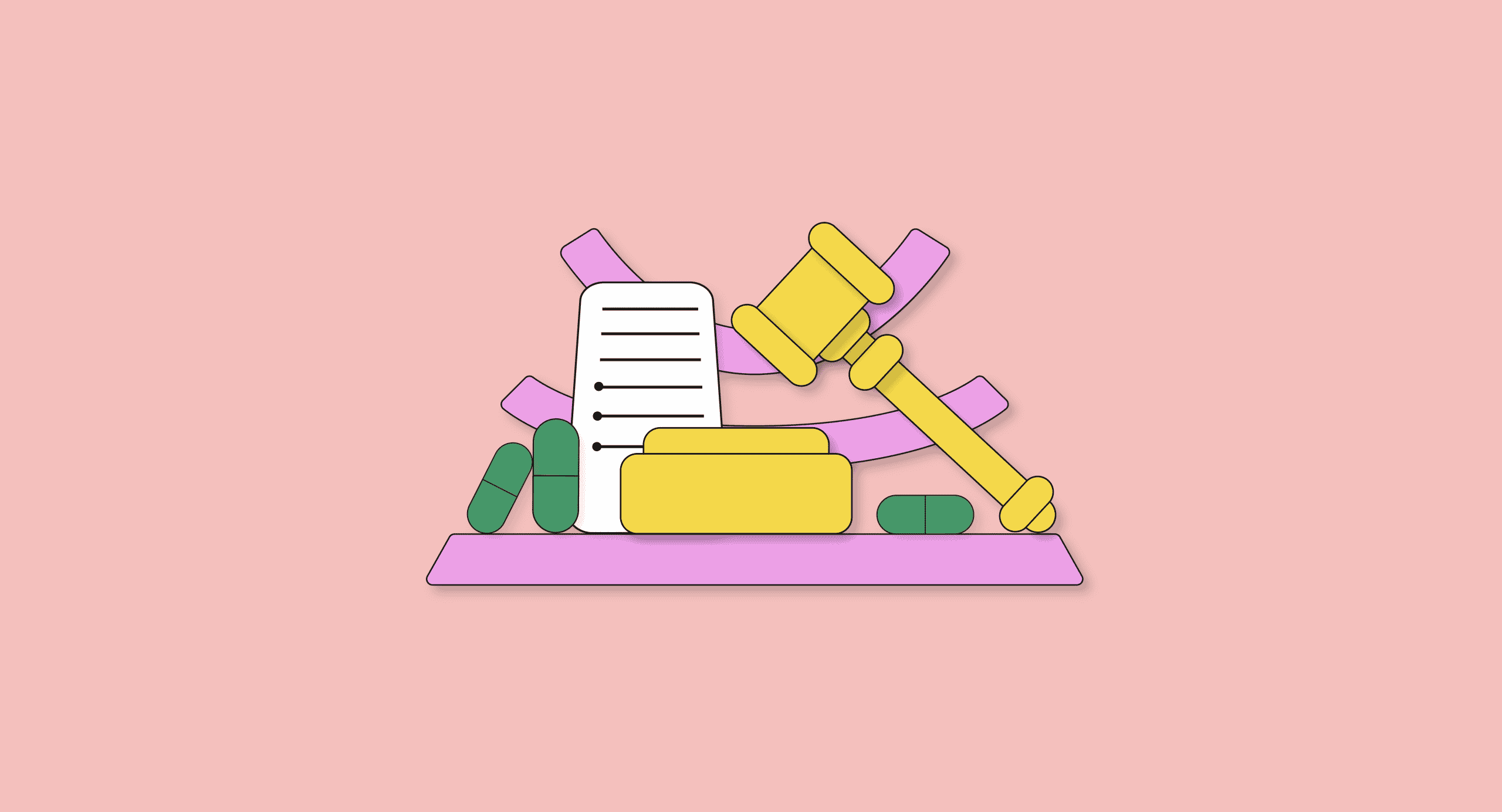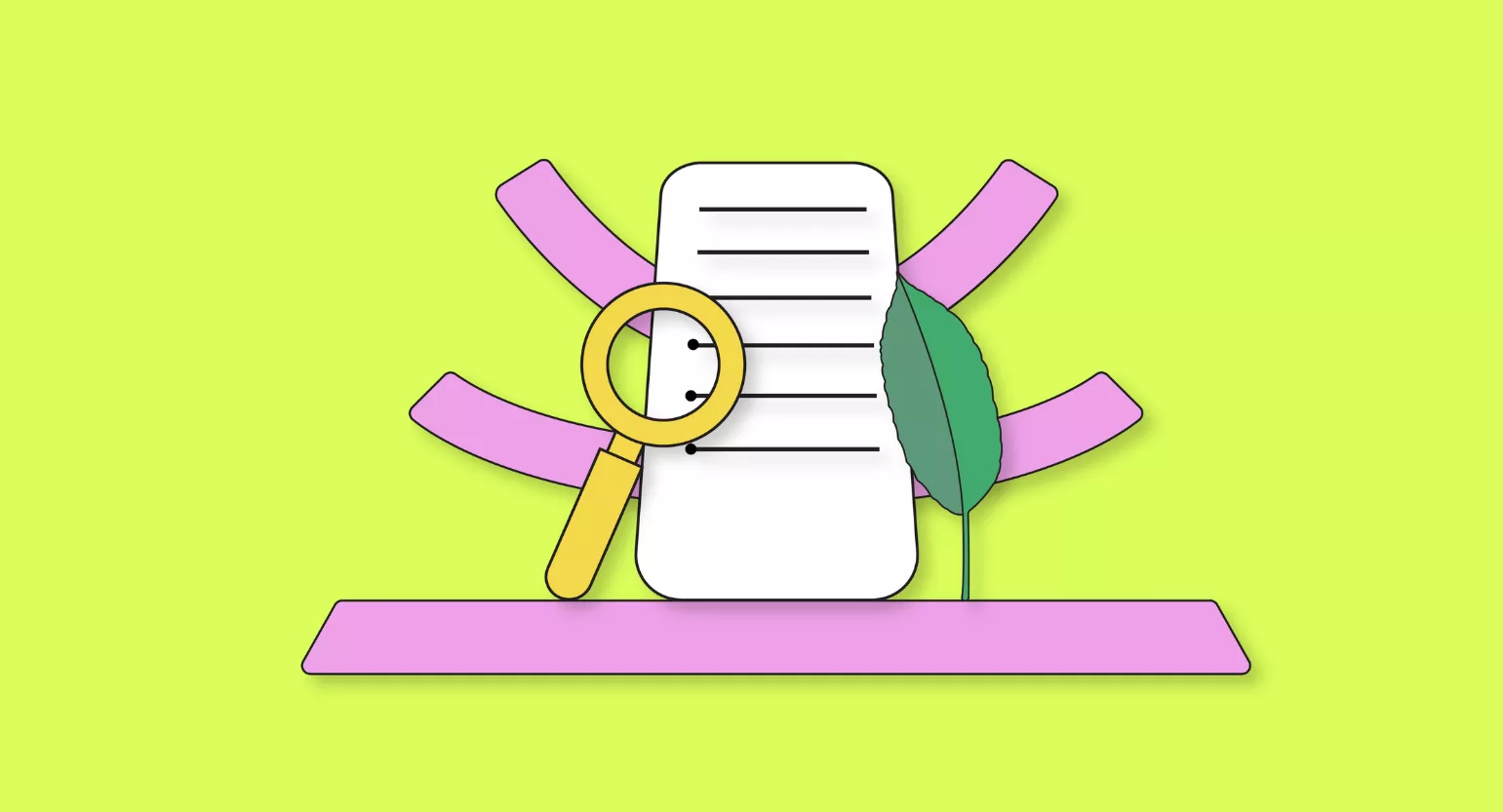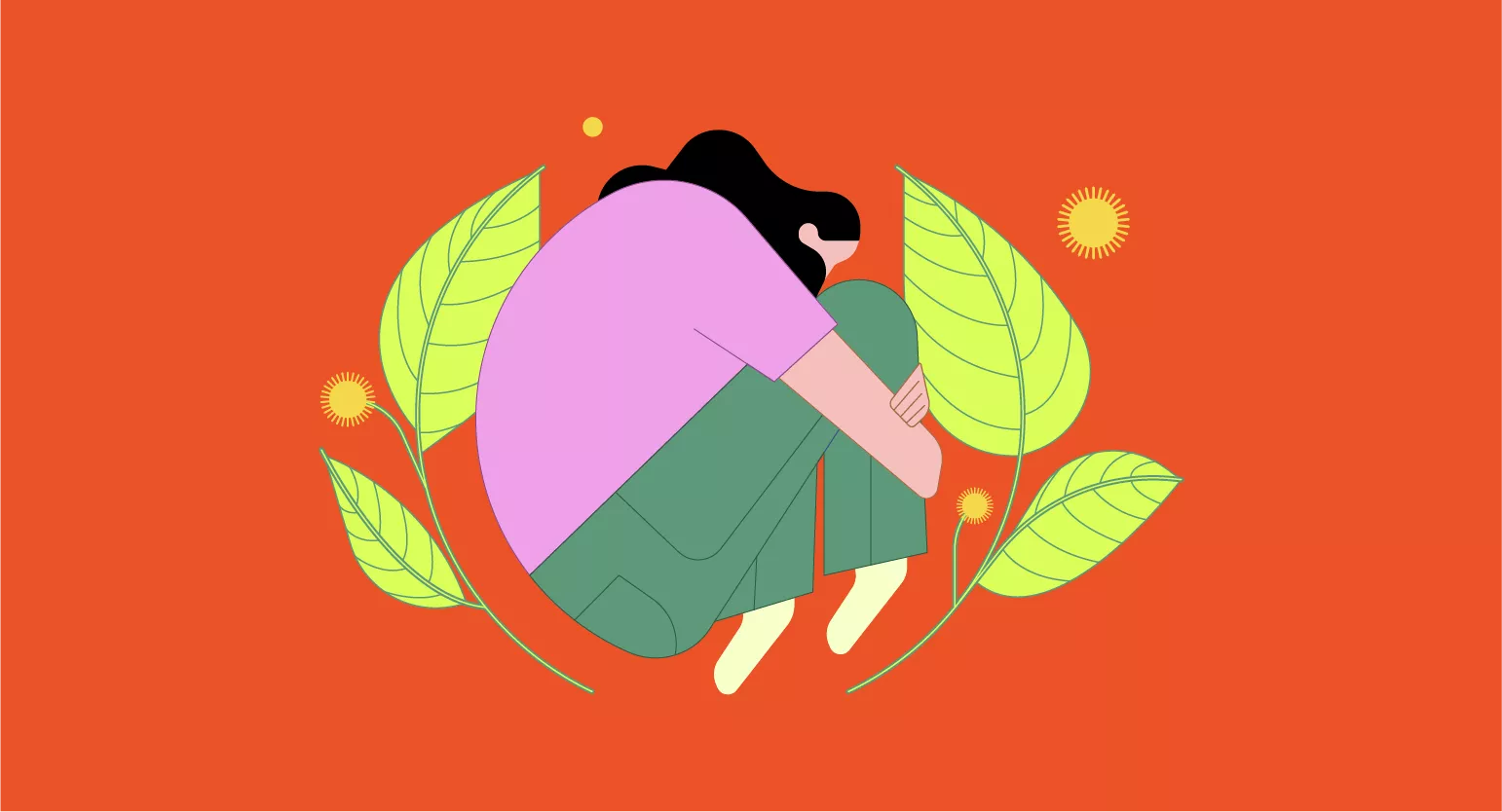Pain-Relieving Stretches
Before we get into the specific stretches for each body part, let’s cover some basics, like proper stretching technique.
Most people stretch by choosing an arbitrary number from 1 to 50, hold the stretch, and then just count to that number. We’re not going to do that. We want to focus on the stretch, not on hitting some random number.
The proper way to stretch is based on the breath. But be warned, this is a powerful technique. Go slow at first because stretching with the breath will likely allow you to go further than you have before.
Stretching with breath works like this:
- Breath in through your diaphragm and assume the position for the stretch.
- Breath out slowly and consistently.
- As you breathe out, begin to engage the stretch slowly.
- Once you run out of breath, take another diaphragmatic inhale and repeat steps 2-3.
- Do not release the stretch when inhaling. Do your best to inhale and stretch while releasing the breath.
Remember: this is a powerful technique. If you have never stretched this way, then make sure to take it slow. Slowly return to the initial position when you’re finished with the stretch. You could injure yourself if you make sudden movements at the top of the stretch.
Lower Back Stretches
Lower back pain is by far the most common nuisance for people. It’s mostly a product of our sedentary lifestyles and bad posture habits. Also, when people incorrectly perform exercises, the lower back usually ends up bearing a lot of weight that it’s not supposed to, which can lead to injury.
Use the following stretches to relieve lower back pain.
Child’s Pose
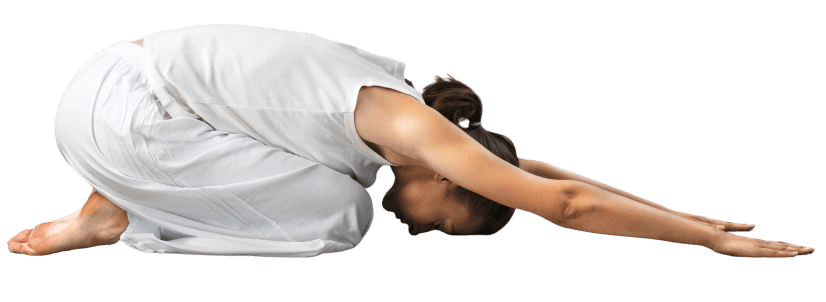
This traditional yoga pose stretches your gluteus maximus, thigh muscles, and spinal extensors. Many yoga experts say this pose has an inherently relaxing effect on the body, helping loosen up tight lower back muscles as well as promoting circulation. Plus, the child’s pose is a simple position for most people to get into.
Follow these steps to do Child’s Pose:
- Begin on your hands and knees.
- Sink back through your hips and rest them on your heels. Your knees should be a little wider than your hips, and your big toes should be together, making a V shape.
- As you exhale, lay your torso between your thighs, resting your forehead on the mat.
- Extend your arms at your side, palms down.
Knee-to-Chest Stretch
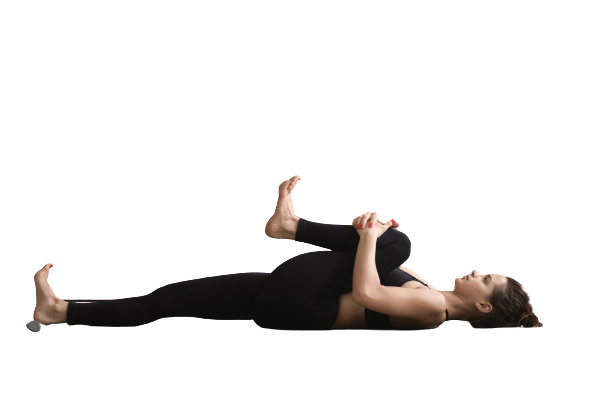
This stretch helps to relax your hips, thighs, and glutes. Since your back is on the floor, it’s easy for most people to perform.
Follow these steps for the knee-to-chest stretch:
- Lie on your back with both knees bent and your feet flat on the floor.
- Keep your left knee bent or extend it straight out.
- Draw your right knee to your chest. Clasp your hands behind your thigh or at the top of your shinbone.
- Lengthen your spine down to your tailbone, and avoid lifting your hips.
- Repeat with the other leg.
Neck Stretches
The neck is also a very common problem area for most people. Excessive tension builds up in the neck, and those who spend inordinate amounts of time on the phone or the computer tend to put their neck in unnatural positions. An improper sleeping position can also contribute significantly to neck pain.
Use these stretches to relieve neck pain.
Upper Trapezius Stretch

This stretch will allow you to stretch out your traps. Make sure to do it on both sides, though.
Follow these steps for the upper trapezius stretch:
- From a kneeling or standing position, make yourself as tall as possible. Think about elongating your neck.
- Take your right hand and wrap it around your head so that your middle finger touches your left ear; then, reach your left hand down toward the ground.
- Relax your neck and allow gravity to pull your head to the right gently — but don’t use your hand. You should feel a significant stretch on the left side of your neck.
Cat-Cow
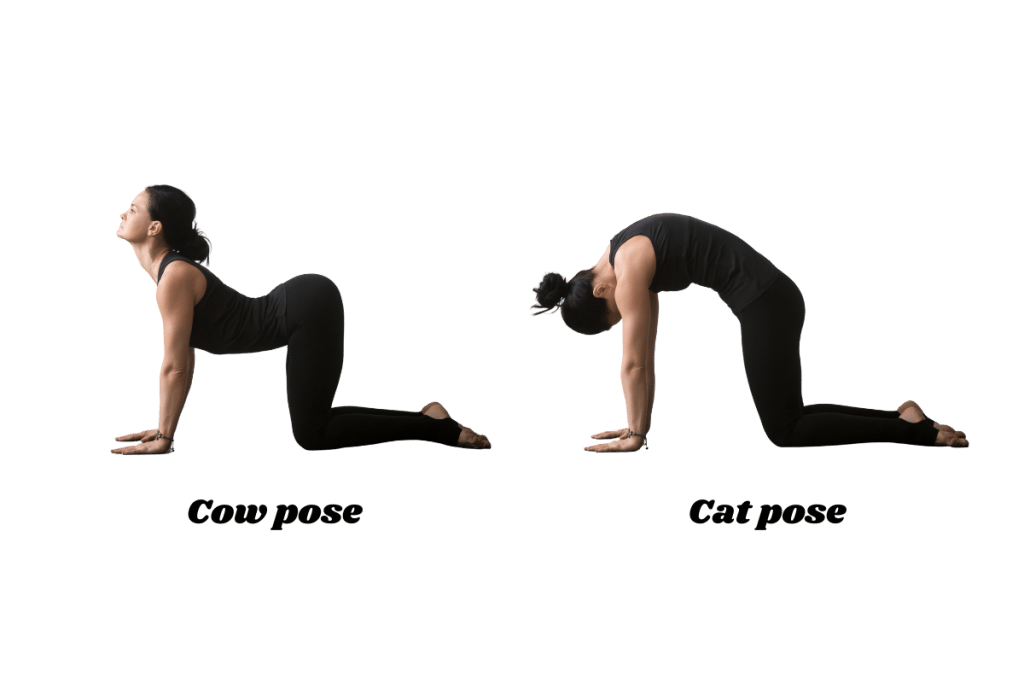
The Cat-Cow is a yoga staple for a reason. By making them work in tandem, the Cat-Cow will relax your muscles from the tip of your head down to your butt.
Follow these steps for the Cat-Cow.
- Start on all fours. Make sure your wrists are under your shoulders, and your knees are under your hips.
- Exhale, arching your back and rounding your spine toward the ceiling
- Hold for three breaths, letting your head hang heavy between your arms.
- Inhale and then lift the tailbone. Your shoulders should roll back while you gaze up and allow your belly to sink toward the floor.
Hip Stretches
Most people don’t feel pain with tight hip flexors, but that doesn’t mean it can’t cause problems in other areas. The body is an interconnected system; even though tight hip flexors won’t hurt, they’ll cause pain and discomfort in other areas.
Get your hips feeling loose with these stretches.
Butterfly Stretch
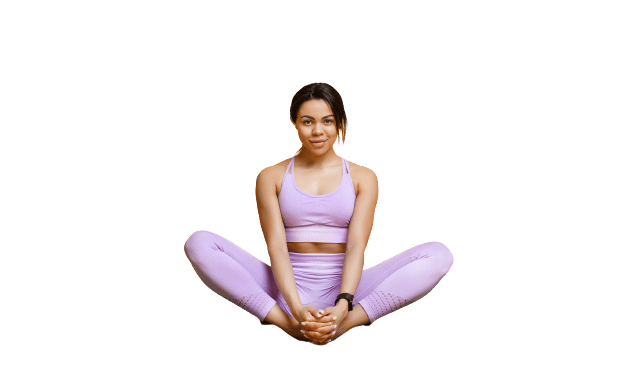
This stretch is relatively easy and will do wonders to relax your hip flexors. There’s no need to go excessively hard with it; just try it out from time to time, like during a break at work.
Follow these steps for the Butterfly stretch:
- Sit on the floor, Indian style.
- Bring the soles of your feet together. Try and bring your heels as close to your body as you can.
- Lean forward and make sure to keep your back straight.
- Try to have your knees touch the ground.
- Push on your thighs with your elbows for a deeper stretch.
Pigeon Stretch
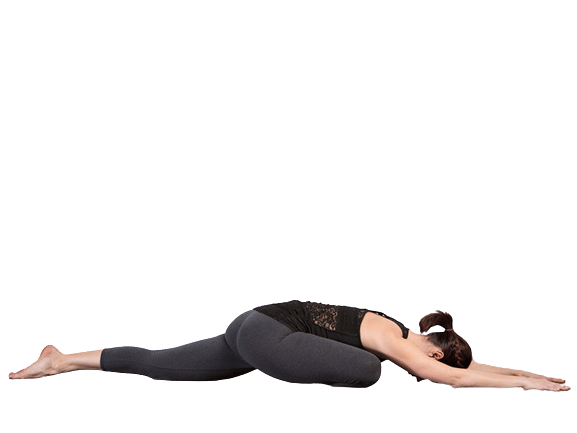
This stretch is effective but a bit more challenging. If your hip flexors are super tight, you might want to work on the butterfly stretch before trying this one.
Follow these steps for the Pigeon stretch:
- Start with your hands and knees in a tabletop position.
- Bring your right knee forward and place it behind your right wrist.
- Place your right ankle in front of your left hip.
- Straighten out your left leg behind you. Make sure to keep your left knee straight, and your toes pointed. Your hips should be square.
- Gently lower yourself to the ground.
- Repeat on the other side.

Conclusion: Stretching for Pain Relief
So there you have it: six easy stretches that will help you achieve some much-needed pain relief. But don’t forget, this is just an introduction. A quick Google search will bring up a swathe of pain-relief stretches you can add to your arsenal.
Remember to go slow and not push too hard — an injury defeats the purpose!

